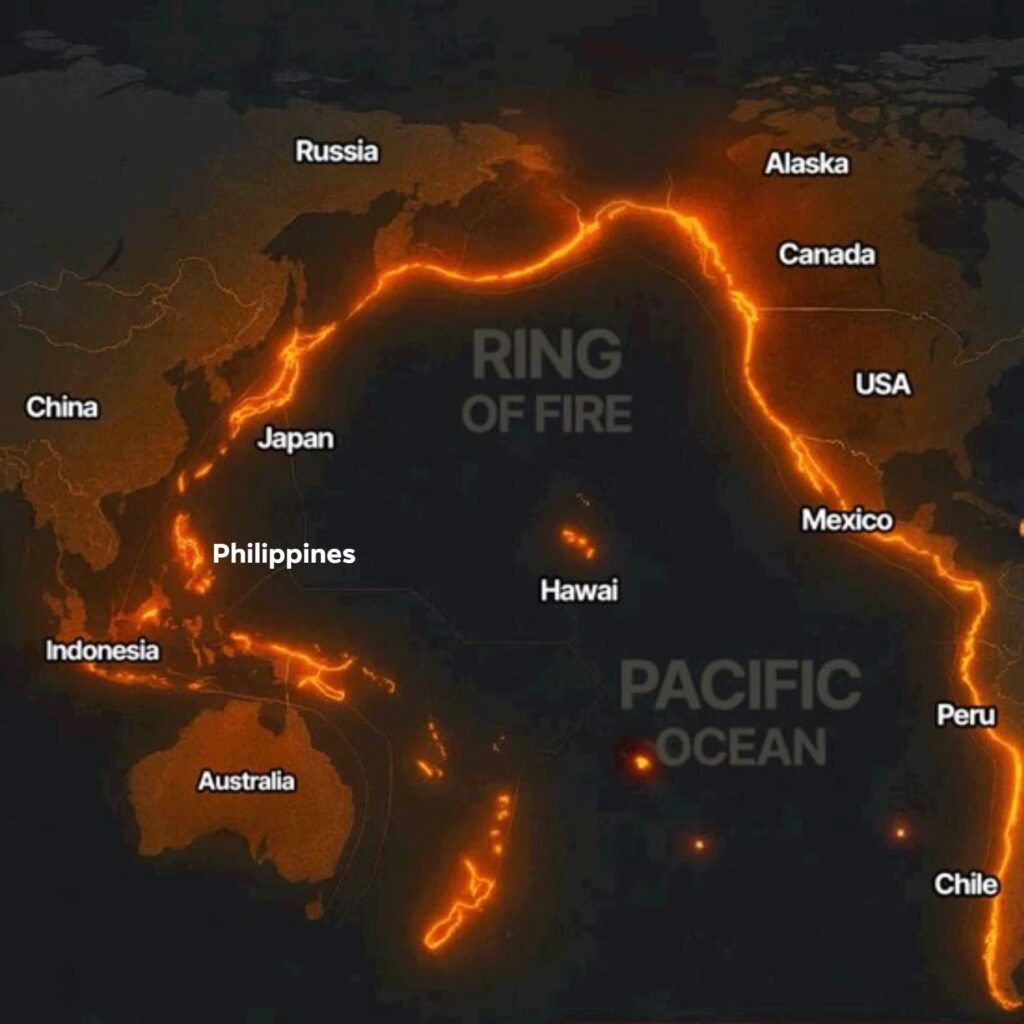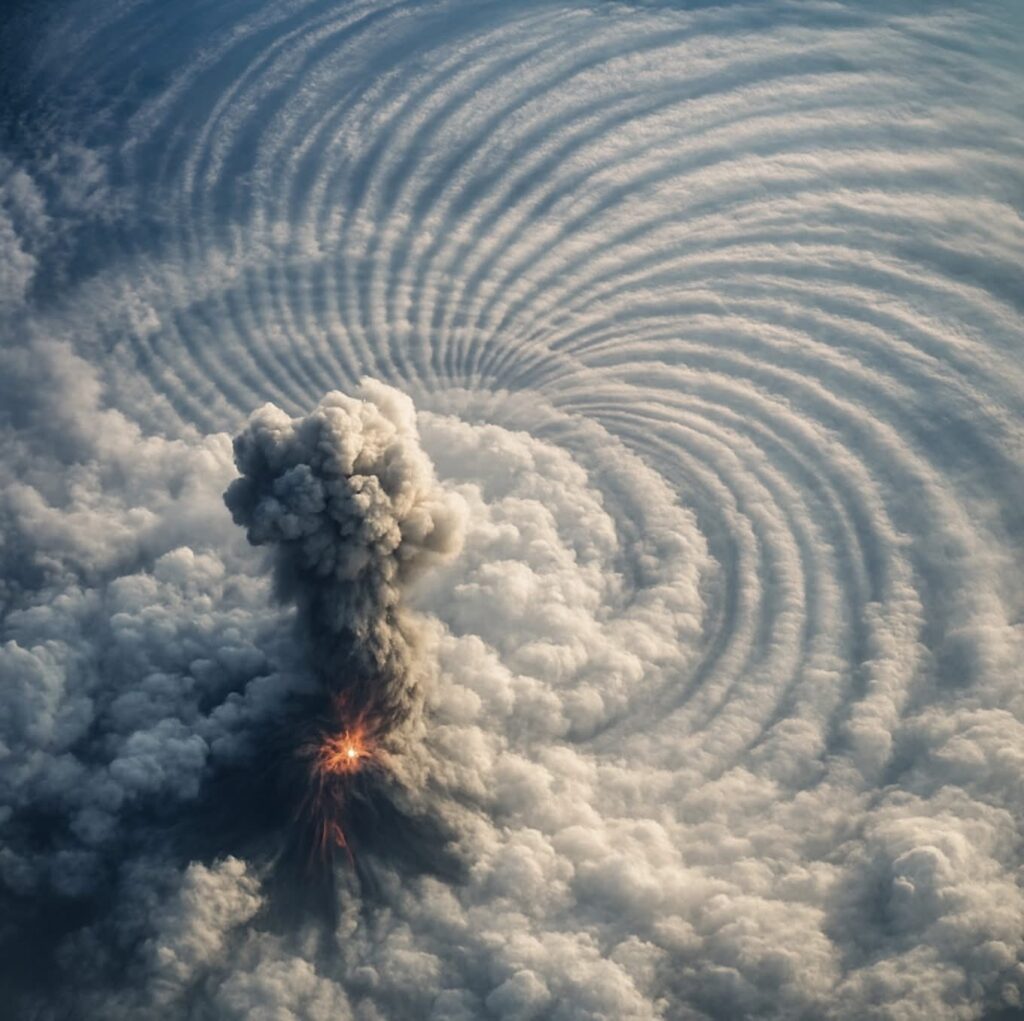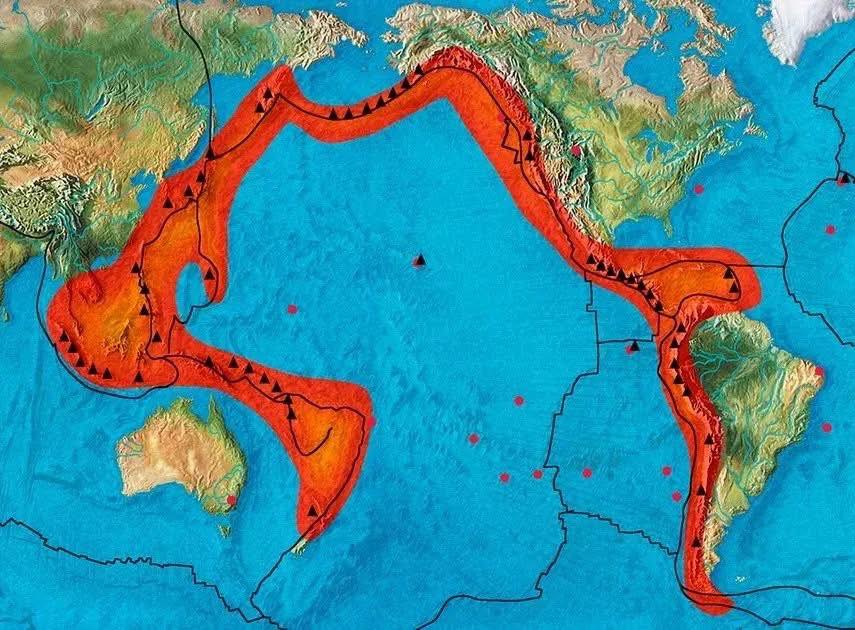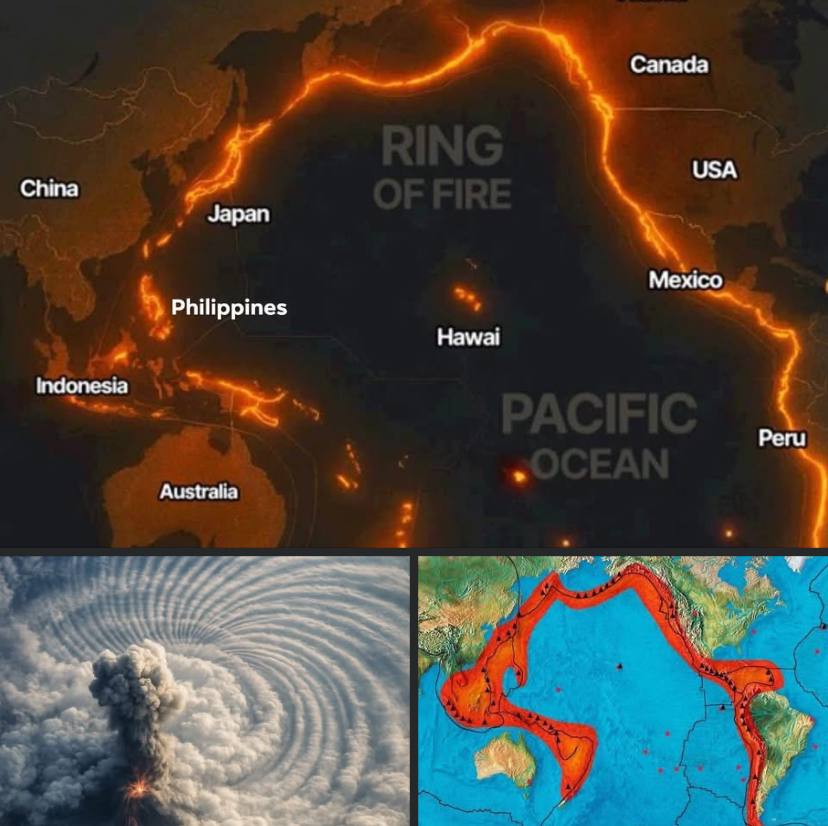The Ring of Fire is stirring, and the Philippines may be more vulnerable than ever. Geologists warn that the edges of tectonic plates are restless, and with recent seismic activity increasing, even minor tremors could trigger significant damage. What makes the situation more alarming is the country’s structural steel standards, considered among the weakest in Southeast Asia. Buildings, bridges, and infrastructure that might withstand moderate quakes elsewhere could be at serious risk here.
“The Ring of Fire is not a headline, or a tourist destination,” says Michele Gargiulo, geoscientist and disaster analyst. “It’s the edge of everything: the plates, history, certainty. What’s happening now isn’t new; it’s just louder.” Her words resonate with both experts and ordinary citizens who have felt the tremors in recent months.
In cities like Manila, Cebu, and Davao, infrastructure experts warn that decades-old buildings could face significant damage if a major earthquake or volcanic eruption occurs. “The steel used in many structures doesn’t meet regional standards,” explains Bobby Batungbacal, civil engineer and advocate for improved building codes. “Even a moderate quake could lead to catastrophic failures.”
Recent satellite imagery and seismograph data indicate that volcanic and seismic activity along the Ring of Fire has intensified. From Mount Mayon in the Bicol region to Taal Volcano in Batangas, rumblings and small eruptions have become more frequent. While authorities maintain vigilance, the combination of natural activity and weak construction standards is a dangerous mix.
The Ring of Fire is alive, and unlike humans, it is impartial. It doesn’t respond to politics, warnings, or media coverage. It exerts pressure and eventually releases it — sometimes in the form of earthquakes, sometimes volcanic eruptions. Scientists emphasize that preparation and resilient construction are the only defenses.
Disaster response teams in the Philippines are working tirelessly to educate citizens about evacuation routes, emergency kits, and early warning systems. Yet, for many residents, the reality of living near active faults and volcanoes remains a daily concern. Social media posts have amplified awareness, with hashtags like #RingOfFire, #EarthquakeAlert, and #VolcanoThreat trending as citizens share their experiences, safety tips, and concerns.
Experts stress that structural improvements are urgent. “Retrofitting buildings, reinforcing bridges, and adopting stricter steel standards are not optional,” Batungbacal explains. “Every tremor we feel is a reminder that the Earth is alive, and its power is unmatched.”
The Philippines’ vulnerability also raises broader questions about urban planning, climate resilience, and disaster readiness. With dense populations in coastal and low-lying areas, the country faces unique challenges when earthquakes or eruptions occur. Engineers and city planners are advocating for stricter enforcement of building codes, wider public awareness campaigns, and investment in infrastructure capable of withstanding the forces of nature.
The scientific community continues to monitor tectonic movements closely. Seismologists emphasize that the Ring of Fire’s activity is cyclical; periods of calm may be temporary, but pressure is always building beneath the surface. This makes vigilance, preparation, and resilient construction not just recommendations, but necessities.
For everyday citizens, the awakening of the Ring of Fire serves as a stark reminder of the planet’s raw power. The earth itself has no ego, politics, or hesitation — it simply exerts pressure until release. And when that release comes, whether through a quake or volcanic eruption, the results can be devastating if humans are unprepared.
Despite the seriousness of the situation, some Filipinos have embraced a proactive approach. Community drills, public seminars, and school programs are helping residents understand how to respond during tremors or eruptions. Mobile apps that track seismic activity in real-time are becoming increasingly popular, helping citizens react quickly and safely.
In addition to preparation, experts stress the importance of investing in resilient infrastructure. Stronger steel standards, earthquake-resistant building techniques, and improved urban planning could save thousands of lives when the Ring of Fire inevitably asserts its force.
As social media amplifies awareness and experts issue guidance, one message is clear: the Earth is alive, and while humans can predict and prepare, they cannot control the immense energy beneath their feet. The Ring of Fire is wide awake, and the Philippines stands at the edge, facing a test of resilience, planning, and survival.
This is not the time for complacency. Every tremor, every minor eruption, and every structural assessment is a reminder that preparation matters. With the Ring of Fire active and structural weaknesses exposed, the Philippines is being called to action — to reinforce, prepare, and respect the unyielding power of the Earth itself.
For now, citizens, authorities, and scientists remain vigilant. The Ring of Fire will continue its timeless dance of pressure and release, and the Philippines’ response could determine how safely it weathers the inevitable moments when the Earth decides to remind humanity of its unstoppable force.




